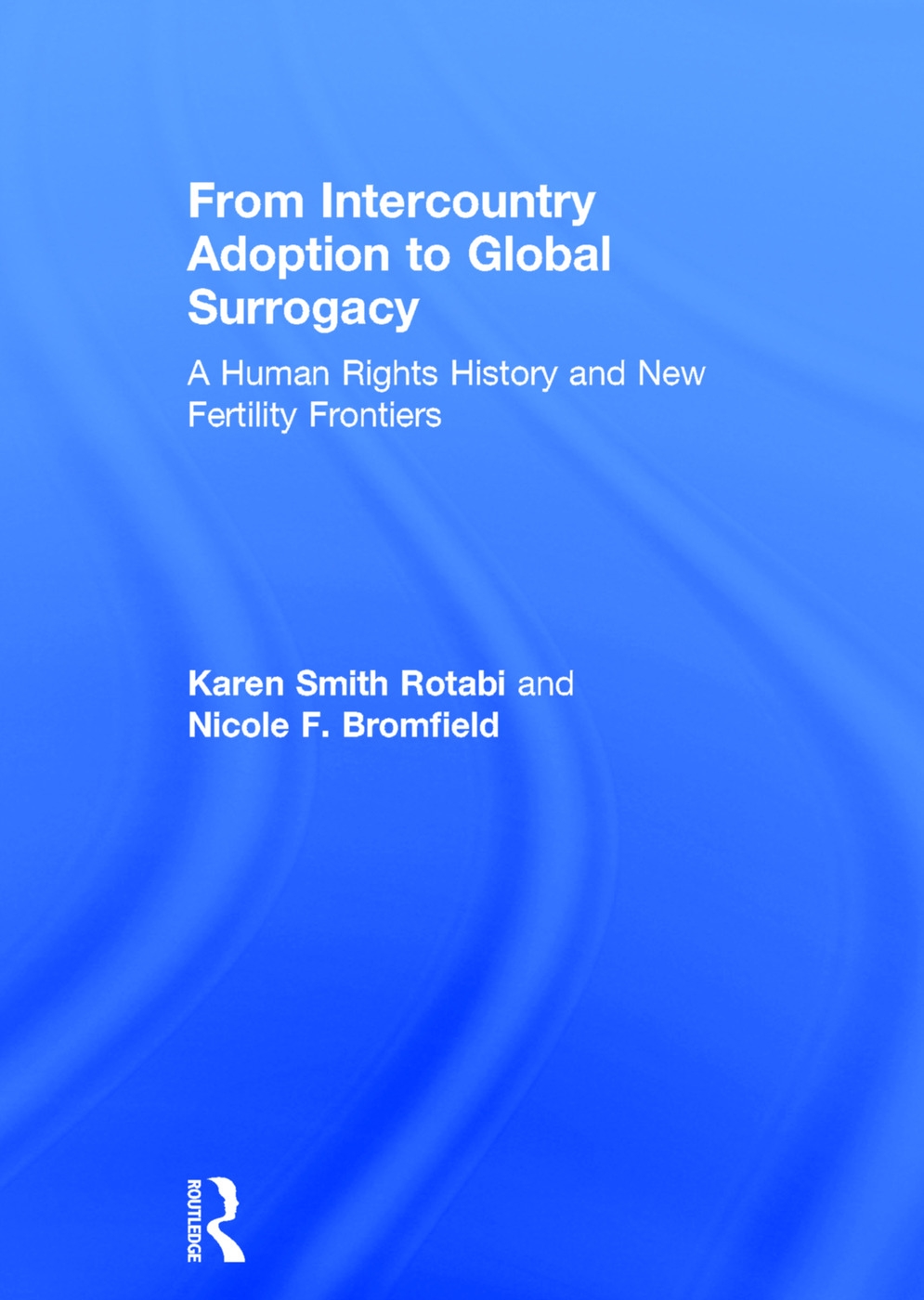| FindBook |
有 1 項符合
From Intercountry Adoption to Global Surrogacy: A Human Rights History and New Fertility Frontiers的圖書 |
 |
From Intercountry Adoption to Global Surrogacy: A Human Rights History and New Fertility Frontiers 作者:Karen Smith/Bromfield,Nicole F.,Rotabi 出版社:Routledge 出版日期:2016-12-12 語言:英文 規格:精裝 / 17.8 x 24.8 x 1.9 cm / 普通級 |
| 圖書館借閱 |
| 國家圖書館 | 全國圖書書目資訊網 | 國立公共資訊圖書館 | 電子書服務平台 | MetaCat 跨館整合查詢 |
| 臺北市立圖書館 | 新北市立圖書館 | 基隆市公共圖書館 | 桃園市立圖書館 | 新竹縣公共圖書館 |
| 苗栗縣立圖書館 | 臺中市立圖書館 | 彰化縣公共圖書館 | 南投縣文化局 | 雲林縣公共圖書館 |
| 嘉義縣圖書館 | 臺南市立圖書館 | 高雄市立圖書館 | 屏東縣公共圖書館 | 宜蘭縣公共圖書館 |
| 花蓮縣文化局 | 臺東縣文化處 |
|
|
圖書介紹 - 資料來源:博客來 評分:
圖書名稱:From Intercountry Adoption to Global Surrogacy: A Human Rights History and New Fertility Frontiers
內容簡介
Intercountry adoption has undergone a radical decline since 2004 when it reached a peak of approximately 45,000 children adopted globally. Its practice had been linked to conflict, poverty, gender inequality, and claims of human trafficking and led to establishment of The Hague Convention on Intercountry Adoption (HCIA) and the Convention on the Rights of the Child (CRC), both of which affirm the best interests of the child. In 2004, as intercountry adoption peaked, the first baby in India from an international global surrogacy agreement was born. Since then, global surrogacy arrangements have rapidly increased and gained in popularity owing to improved assisted reproductive technology methods, the ease with which people can make global surrogacy arrangements, and same-sex couples seeking the option to have their own genetically-related children. Yet regulation remains an issue, so much so that it is predicted that the Hague Permanent Bureau will need to draft a global surrogacy law, taking on many of the dimensions found in the Hague Convention. This ground-breaking book build presents a detailed history and analysis of policy and human rights issues with an emphasis on the best interests of the child within intercountry adoption and the new conceptions necessary in global surrogacy.
|









